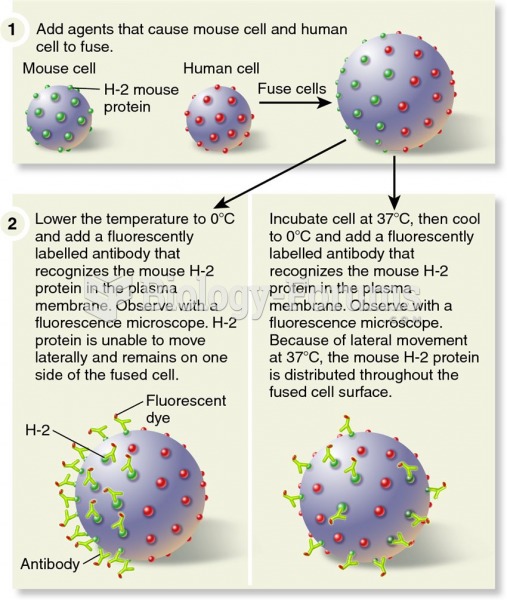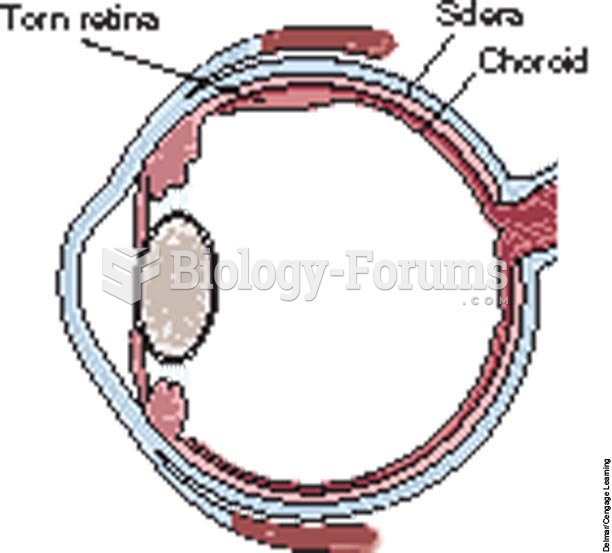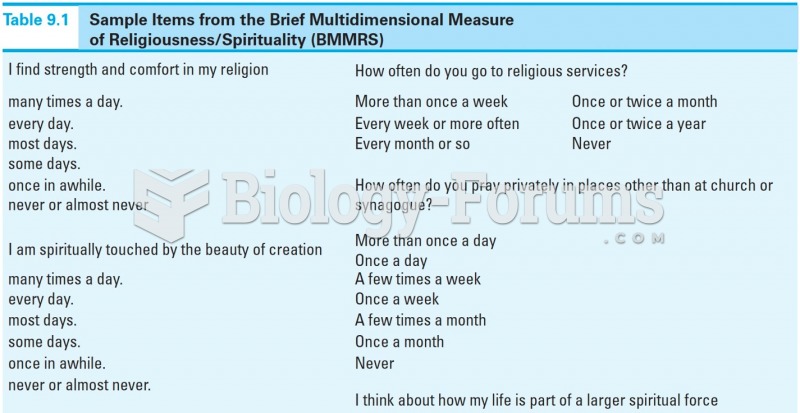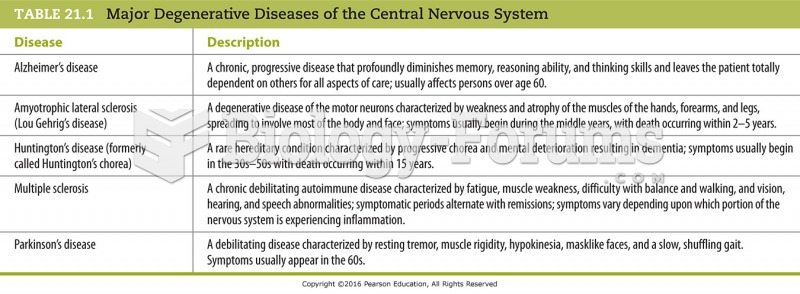|
|
|
Did you know?
There are 60,000 miles of blood vessels in every adult human.
Did you know?
The people with the highest levels of LDL are Mexican American males and non-Hispanic black females.
Did you know?
The FDA recognizes 118 routes of administration.
Did you know?
Approximately 25% of all reported medication errors result from some kind of name confusion.
Did you know?
Blood is approximately twice as thick as water because of the cells and other components found in it.







